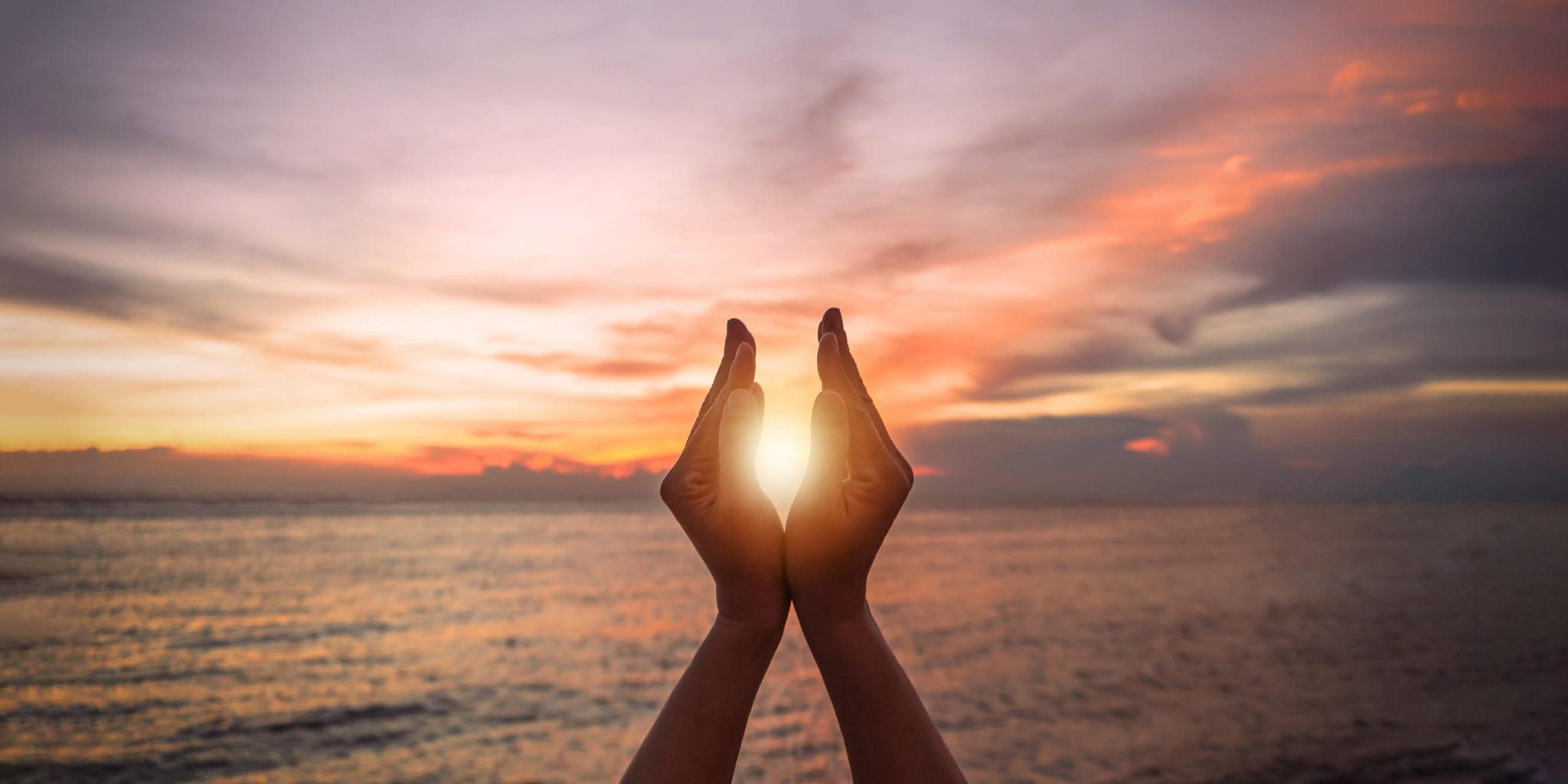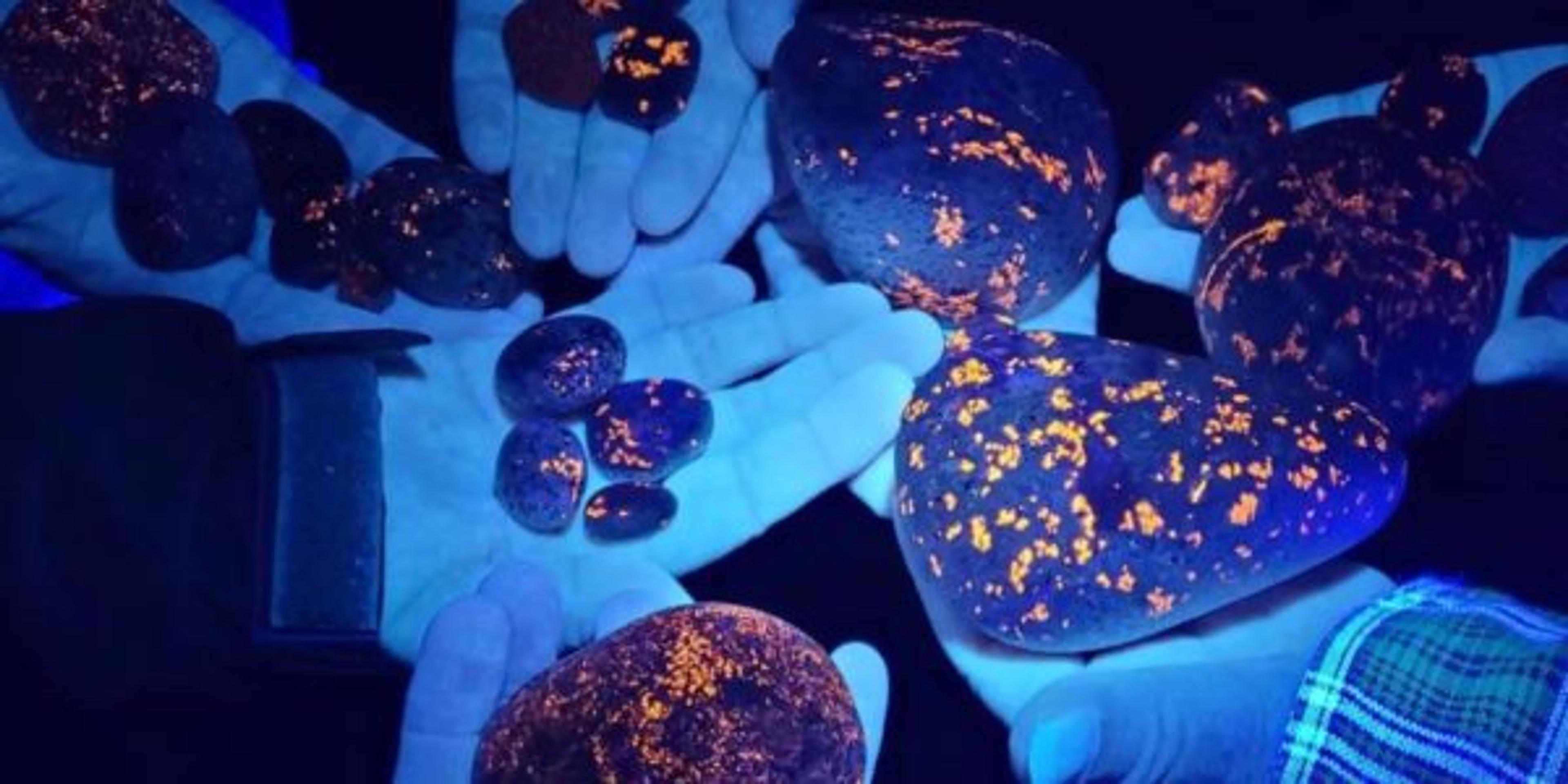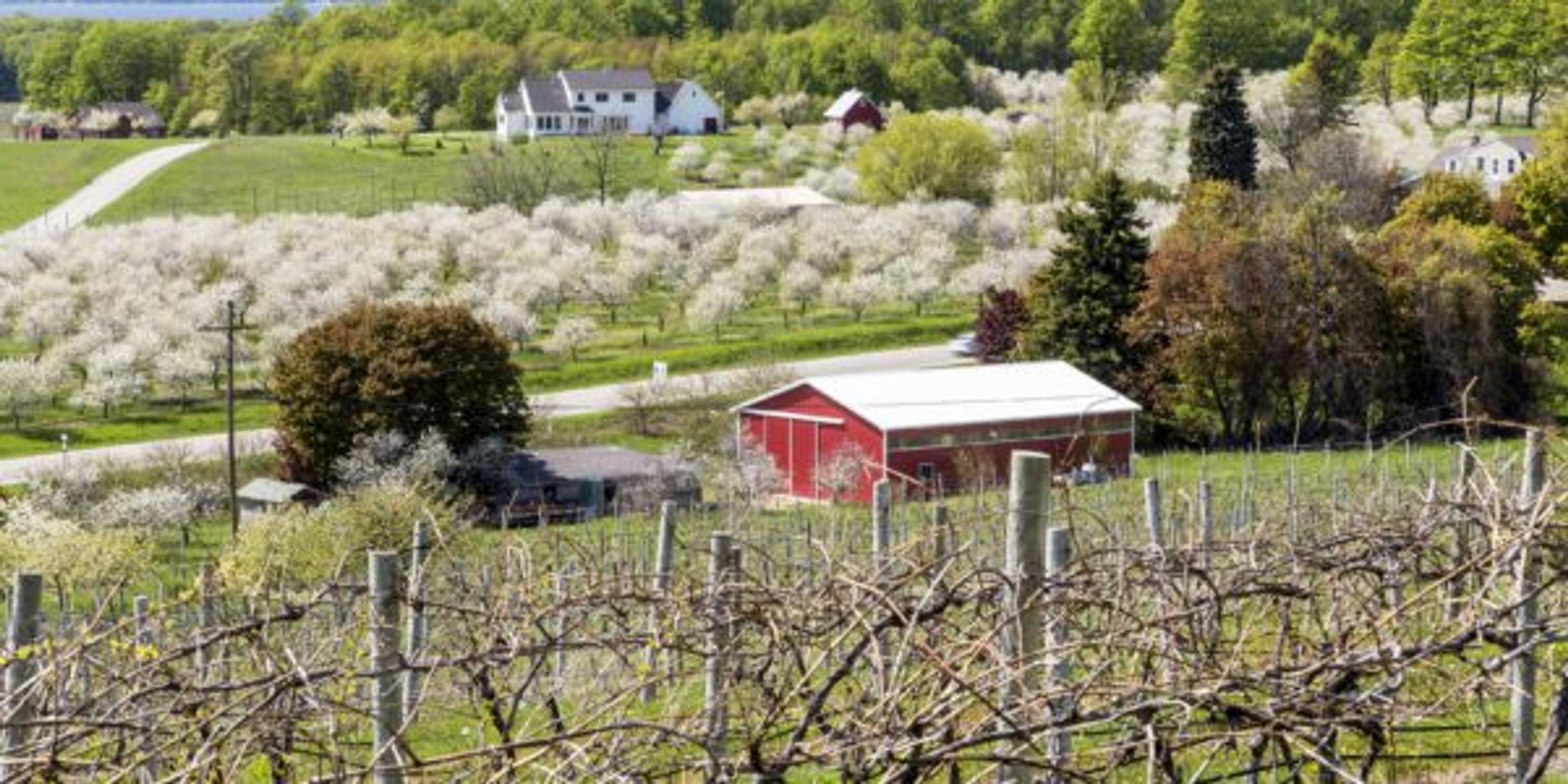How to Celebrate the Summer Solstice
Shandra Martinez
| 3 min read

We are approaching the summer solstice, an annual highlight that is also known as the longest day of the year. This year, the summer solstice occurs on Sunday, June 20 at 11:32 p.m. In the Northern Hemisphere, the solstice marks the official start of summer. So you’ll want to find ways to celebrate the summer solstice and kick off a season of fun, outdoor activities.
While June 1 is the beginning of meteorological summer, astronomical summer starts on the summer solstice. This is the day with the most amount of daylight hours in a calendar year. It’s also the time of year when the sun reaches its northernmost – and highest – point in the sky, meaning our part of the world is getting its maximum amount of direct sunlight. The exact length of daylight on the summer solstice will vary, depending on where you live. For example, Michigan is such a big state that some areas near Detroit will have a little more than 15 hours of daylight on the summer solstice, while Isle Royale, the most remote Upper Peninsula island in Lake Superior, has more than 16 hours of daylight that day.
There are lots of stories and bits of folklore woven around the summer solstice, according to The Old Farmer’s Almanac. In most traditions, it’s a time of community celebration where people stay up late to enjoy the long evening twilight. If you are ready to mark the solstice, there are lots of fun ways to celebrate.
Backyard solstice party. Invite friends and family over for a casual get-together to kick off summer. Cook outside on a grill or over a fire pit. Set up camp chairs, hammocks or spread blankets on the grass. Bring out lawn games like badminton, croquet, soccer balls or frisbees. Mix up a batch of special drinks or arrange an ice cream sundae bar as a sweet treat.
Bonfires and campfires. Welcome the summer season in true solstice form with a big bonfire or campfire. Outdoor fires have been a hallmark of summer solstice celebrations for hundreds of years. In some parts of Northern Europe, bonfires are lit in the mountain and can be seen from quite a distance, according to the Old Farmer’s Almanac. The fire can signify a celebration of light, chasing away the darkness.
Summer solstice campout. Celebrate the start of summer with an old-fashioned campout, either in your backyard or at a nearby state park or private campground. Sit around the campfire until the longest day fades into night, then do a little stargazing before you turn in.
Worldwide customs. If you feel like going old-school with your summer solstice celebrations, there are some ancient customs and traditions that are followed in other parts of the world you can copy, if you are game. Here are some ideas:
- Midsummer celebrations. The solstice often overlaps with midsummer night celebrations in parts of Europe. This can take on an almost festival atmosphere, complete with outdoor music and dancing.
- Go green. In some Nordic countries, people decorate their homes during the solstice with flowers, garlands and greenery.
Related:
Photo credit: Getty Images





